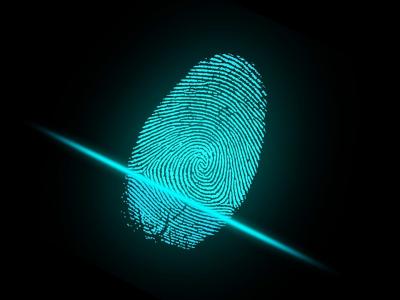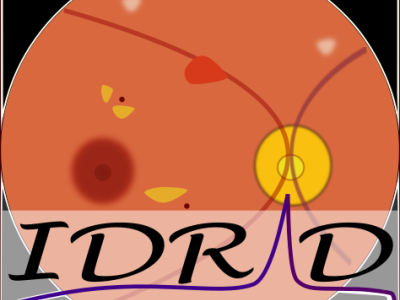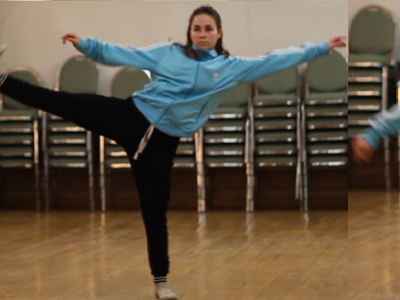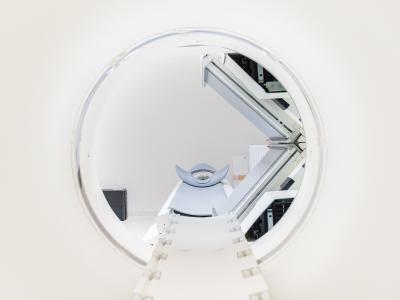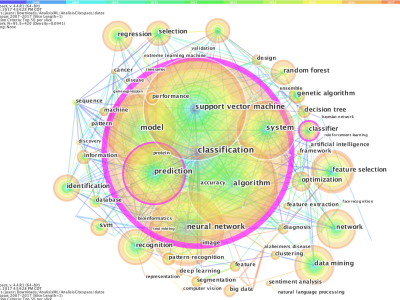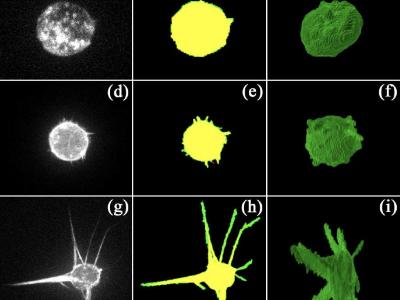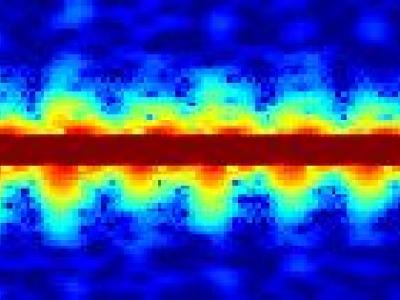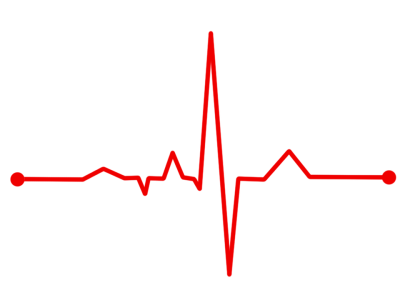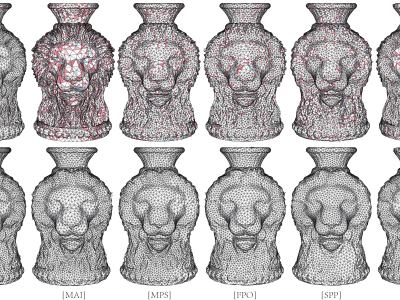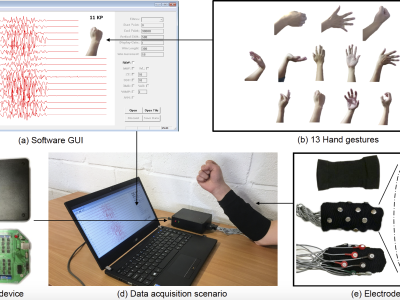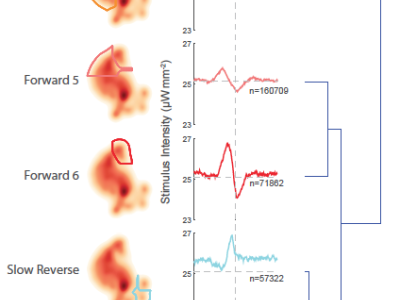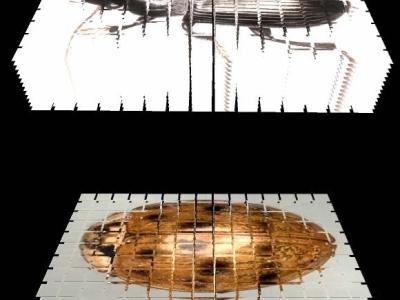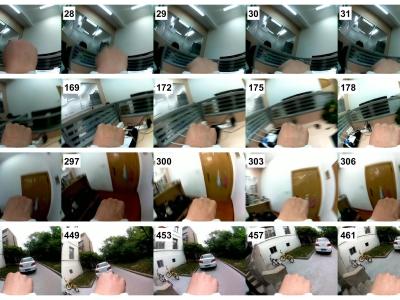
The image displays four segments of gestures from our dataset.
(a) The video sequence of rotating the wrist down and up as a signal for starting a new gesture.
(b)–(d) Three gestures samples (the triangle, letter b, and letter Z) taken from three different subjects at three different scenes (sitting at a desk, standing indoors, and standing outdoors.). The trajectory of each gesture canbe recognized from the movement of the background objects.
- Categories:

